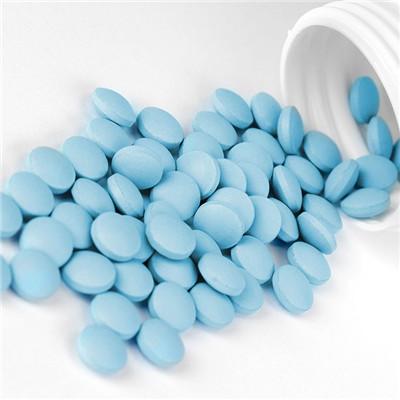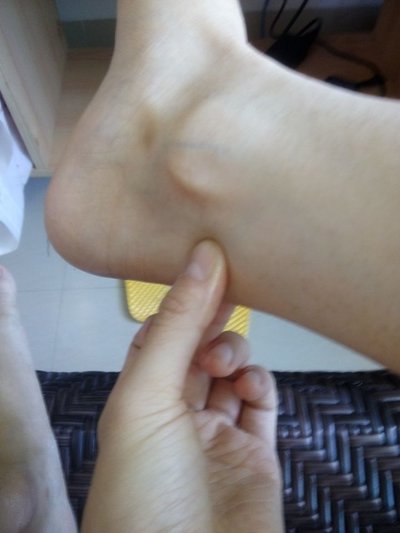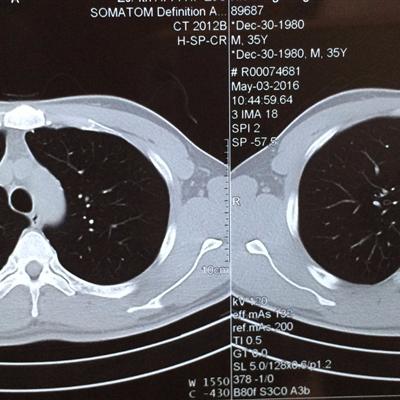Nasal septum deviation asymptomatic?
summary
You may not understand what the nasal septum deviation is. The simple and popular understanding is that the thing in the nasal septum is not in the normal position. Everyone has this symptom. It's just the severity of the disease. If the nasal septum deviation is serious, its harm is relatively easy. Now let's understand what symptoms the nasal septum deviation will have.
Nasal septum deviation asymptomatic?
Nasal obstruction is the most common symptom of nasal septum deviation, most of which are persistent nasal obstruction“ The contralateral nasal cavity undertakes the main ventilation function for a long time. The nasal mucosa continues to be in a state of hyperemia, resulting in compensatory hypertrophy of inferior turbinate, also known as structural rhinitis, and then bilateral nasal congestion“ S-shaped deviation is mostly bilateral nasal obstruction. If patients with deviated nasal septum suffer from acute rhinitis, the nasal congestion is more serious, and it is not easy to recover. Severe nasal obstruction can also appear olfactory decline.
Headache, such as the compression of inferior turbinate or middle turbinate by the crooked part, can cause ipsilateral reflex headache. Heavy nasal congestion and headache. After intranasal instillation of vasoconstrictors or topical anesthetics, headache was relieved or disappeared.
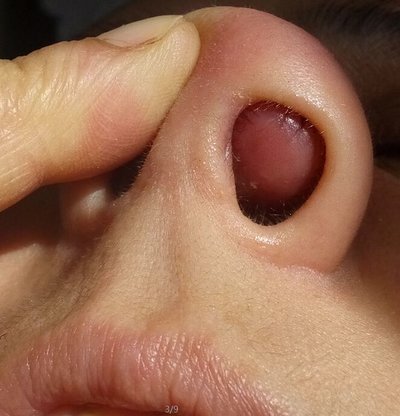
Epistaxis: the site of epistaxis is often seen in the crooked convex surface or spine, ridge, where the mucous membrane tension is large and thin, often directly stimulated by air flow and dust, the mucous membrane is dry and scabby, and prone to erosion. In addition, the blood supply of nasal septum soft tissue is rich, so it is easy to bleed. Blowing the nose, digging the nose or lowering the head is often the inducement. If epistaxis occurs in the age group over 50 years old and the vascular elasticity is poor, it is difficult to cure with vaseline gauze tamponade, and surgical resection and correction of deviation are needed. Sometimes epistaxis can also be seen in the concavity of nasal septum.
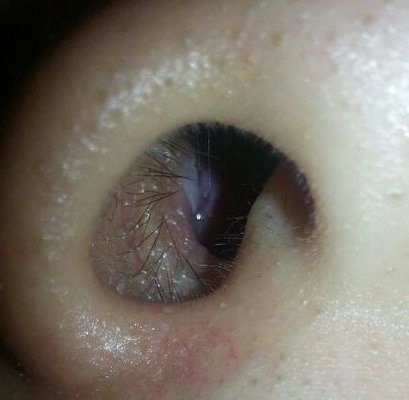
matters needing attention
1. The key point of prevention is to prevent external injury of nose. 2. Nasal mucositis can be removed within 24-48 hours after the operation. The right side can be removed first and then the other side the next day. 3. Due to the obvious reaction of mucous membrane after nasal operation, after removing the gauze, the Coptis ointment can be applied thinly in the nose. 4. If the incision healed well, the tamponade could be removed 5 days after operation.

